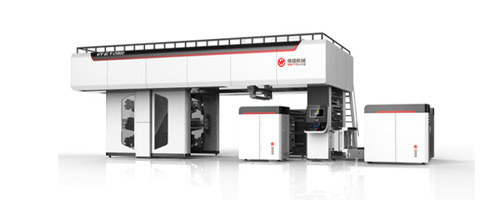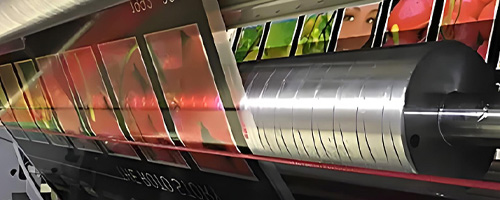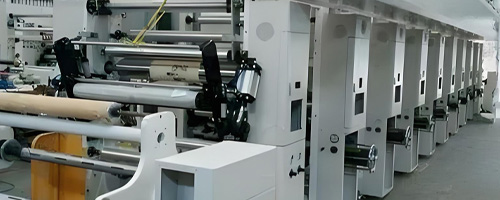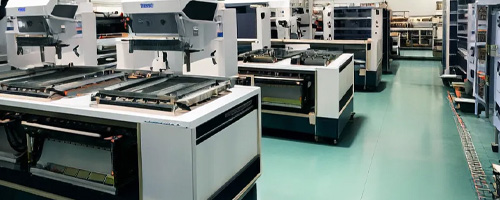 RU
RU
 EN
EN
 CN
CN

Position:HOME > Ink Knowledge

The pattern on the printing plate is prominent, the blank place is concave, through the anilox rollers to transfer ink, generally printed with water-based and UV inks, can reach 400 meters per minute. Flexographic printing is also a kind of letterpress printing.

The printing pattern on the surface of the printing plate is concave, the blank space is protruding, the printing ink layer is very thick, the color is bright, the line is clear, and the saturation is high. Solvent-based ink and water-based ink are available!

The graphic part and the blank part is in the same plane, to the surface of the printing plate inking, only the graphic part of the adsorption of ink, plate work is simple, low cost, suitable for large quantities of printing, mainly using solvent-based inks.

The printing plate consists of a number of small sieve holes, non-graphic part of the mesh is coated with a photopolymer coating sealed, printing adaptability, thick ink layer, three-dimensional sense of strong, bright colors, mainly solvent-based ink.
Discover how modern flexographic inks—especially water-based and UV-curable systems—help food packaging manufacturers reduce VOC emissions, meet global regulations, and enhance printing performance while ensuring food safety.
Oct 09 2025
Discover key additives that improve the scratch resistance of UV flexographic inks for food packaging. Learn how to enhance durability and protect printed surfaces.
Sep 25 2025
Discover how StarColor water-based flexographic inks transformed napkin printing with food-safe compliance, VOC reduction, higher print quality, and significant cost savings for large-scale paper product manufacturers.
Sep 17 2025
Discover common misconceptions in food-grade ink applications, including compliance, UV curing, water-based ink limitations, post-processing, and substrate compatibility. Learn practical strategies to ensure safety and regulatory compliance in food packag
Sep 10 2025
Learn the common problems in thermochromic screen printing—such as poor sensitivity, weak adhesion, uneven color, and low durability—and discover practical solutions to improve print quality and performance.
Sep 05 2025
Discover StarColor UV flexographic inks with high curing efficiency, broad substrate compatibility, and food-safe compliance. Learn about its core formulation, performance advantages, application guidelines, and cost savings for packaging printers.
Sep 03 2025
Discover additives that enhance scratch resistance in UV flexographic inks for food packaging, ensuring durability, safe handling, and premium print quality.
Sep 01 2025
Explore key additives that improve scratch resistance of UV flexo inks for food packaging, ensuring durability, print quality, and safety compliance.
Aug 29 2025
Learn which additives boost scratch resistance in UV flexo inks for food packaging, enhancing durability and compliance with safety standards.
Aug 27 2025
Discover key tests for assessing food safety of water-based flexographic inks, covering migration, VOC, and raw material compliance for safe food packaging.
Aug 25 2025